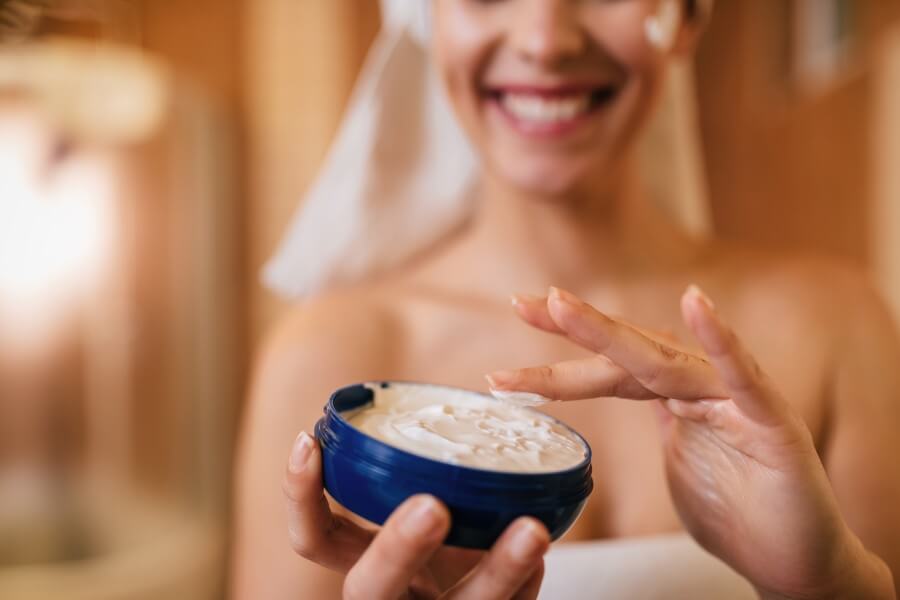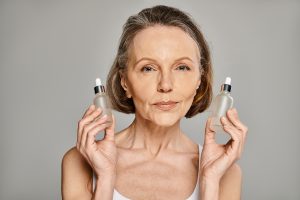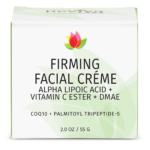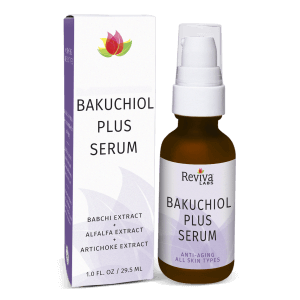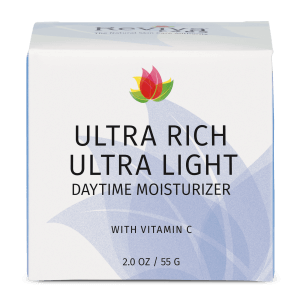Ingredients, Natural, Reviva Labs, Skin Care
What is Squalane and How Does It Help Your Skin?
In the vast universe of skincare ingredients, each element plays a unique role in nurturing and revitalizing our skin. Among these remarkable ingredients is squalane, a powerhouse hydrator that has gained prominence for its exceptional benefits. It’s a treasure trove of nourishment, offering a multitude of advantages for a wide array of skin types and concerns. But what exactly is squalane, and how does it work wonders on your skin? Let’s dive into the depths of this ingredient and uncover the secrets behind its remarkable capabilities.
The Essence of Squalane
Squalane is a stable, saturated hydrocarbon that is naturally present in the skin. It is known for its incredible molecular stability and is sourced primarily from plants like olives, sugarcane, and rice bran, as well as from certain types of sharks. However, with advancements in biotechnology, the beauty industry has turned to sustainable, plant-derived squalane, ensuring that our skincare routines do not compromise our ethical and environmental values.
This clear, odorless, and lightweight oil has a unique ability to mimic the natural squalane produced by our bodies, which decreases as we age. This decrease often results in dryness and the loss of a youthful glow. By replenishing the skin’s natural squalane, we can restore its moisture balance and preserve its soft, supple nature.
The Transformative Benefits of Squalane
Squalane is more than just a moisturizer. It’s a multifaceted elixir that caters to various skin needs and conditions. Its molecular structure allows it to penetrate the skin deeply, providing intense hydration without leaving a greasy residue. This makes it an excellent ingredient for people with dry, dehydrated skin, as well as those with oily or combination skin types seeking a lightweight moisturizer that won’t clog pores.
Moreover, squalane is known for its antioxidant properties, which play a crucial role in protecting the skin against harmful environmental stressors. These stressors, including pollution and UV radiation, can lead to premature aging, making squalane a valuable ally in maintaining youthful, radiant skin. It also helps to soothe and calm irritated skin, making it a beneficial ingredient for individuals with sensitive or inflammatory skin conditions like eczema or rosacea.
Squalane and Squalene: Diving Deeper into the Differences and Sources
Although squalane and squalene may sound incredibly similar and are related in terms of their origin and structure, understanding their distinct differences is crucial, especially in the context of skincare. The journey from squalene to squalane is not just a simple change in letters but involves a transformation that significantly enhances the stability and usability of the compound in skincare formulations.
Squalene: The Natural Precursor
Squalene is a naturally occurring, unsaturated hydrocarbon found in abundance in shark liver and in smaller quantities in plants like olives, amaranth seeds, rice bran, and wheat germ. In humans, squalene is produced in the liver and secreted by the skin’s sebaceous glands, playing a role in maintaining the skin’s moisture and flexibility. However, its presence and production in the skin decrease with age.
The primary challenge with squalene in its natural state is its chemical instability. Being an unsaturated hydrocarbon, it has double bonds in its molecular structure. These double bonds make it highly susceptible to oxidation when exposed to air or light. Oxidation not only degrades the quality of the squalene itself but can also lead to skin irritation and a shorter shelf life for the products containing it. This instability limits its direct use in skincare products, as oxidized squalene is not beneficial for the skin and can lead to issues such as clogged pores and skin irritation.
Squalane: The Stabilized Elixir
Squalane, on the other hand, is what you get when squalene undergoes hydrogenation – a process where hydrogen is added to squalene to convert the unsaturated hydrocarbon (with double bonds) into a saturated hydrocarbon (with single bonds). This transformation is significant; it turns an unstable, easily oxidizable compound into a stable, long-lasting one. The hydrogenation process effectively removes the double bonds in squalene, making squalane fully saturated and much more stable.
This stability is what makes squalane an ideal ingredient for skincare. It’s resistant to oxidation, meaning it won’t degrade quickly and maintains its integrity and beneficial properties over time. Squalane retains the moisturizing properties of squalene without the risk of causing skin irritation or clogged pores due to oxidation. It’s a lightweight, non-greasy oil that penetrates the skin effectively, providing deep hydration and forming a protective barrier on the skin’s surface without clogging pores or leaving a heavy residue.
Sources of Squalane
Traditionally, squalane was sourced from the liver of deep-sea sharks, with shark liver oil being rich in squalene. However, ethical concerns and sustainability issues have led to a shift towards plant-derived squalane. Olives, sugarcane, amaranth seeds, rice bran, and wheat germ are now common plant sources for squalane. These sources ensure that the benefits of squalane can be enjoyed without the environmental and ethical implications associated with shark liver harvesting. NOTE: Reviva sources the squalene used in our products from plant sources.
Plant-derived squalane is obtained through the extraction and purification of squalene from these natural sources, followed by the hydrogenation process to convert squalene into stable, skin-friendly squalane. This shift not only aligns with ethical and sustainable skincare practices but also ensures that individuals can benefit from this highly effective ingredient without compromising their values or the environment.
To quickly recap, while squalane and squalene are closely related, their differences in stability and skin compatibility are vast. The transformation from squalene to squalane turns a fragile, oxidation-prone compound into a skincare champion, celebrated for its moisturizing, non-irritating, and stable properties, making it a highly valued ingredient in the realm of skincare.
Incorporating Squalane into Your Skincare Routine
Embracing squalane in your skincare routine is simple and versatile. Due to its lightweight and non-comedogenic nature, it can be used in various forms, including serums, moisturizers, and facial oils. When selecting a squalane-based product, it’s essential to consider the concentration and purity of squalane, as well as the overall formulation, to ensure that it meets your specific skin needs.
For optimal results, apply squalane to clean, slightly damp skin. This helps to lock in moisture and allows the squalane to penetrate more effectively. You can use it both in the morning and at night, making it a flexible addition to your skincare regimen. During the day, it provides a smooth base for makeup application, and at night, it works tirelessly to repair and rejuvenate your skin as you sleep.
The Sustainable Choice
Choosing plant-derived squalane not only benefits your skin but also supports environmental sustainability. By opting for products that use squalane sourced from renewable plants like olives or sugarcane, you contribute to the reduction of the environmental impact associated with harvesting shark liver or other non-renewable sources. This commitment to sustainability is an integral part of conscious skincare, ensuring that we can enjoy the benefits of these marvelous ingredients while preserving the natural world.
Embrace the Magic of Squalane for Your Skin
Squalane is a testament to the beauty and intelligence of nature, offering a harmonious blend of hydration, protection, and rejuvenation. Its compatibility with our skin’s natural processes, combined with its numerous benefits, makes it a cherished ingredient in the realm of skincare. Whether you’re looking to combat dryness, soothe sensitivity, or simply maintain a radiant complexion, squalane stands out as a versatile and effective solution.
In your journey towards healthy, glowing skin, consider the profound impact that a single ingredient like squalane can have. It’s a gentle reminder of the power of nature in nurturing and restoring the beauty that lies within our skin.



